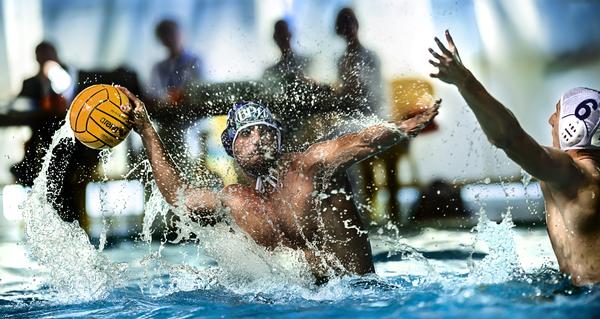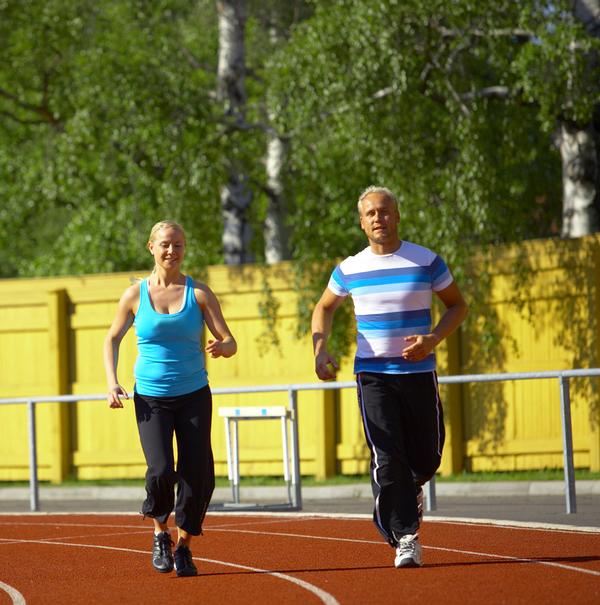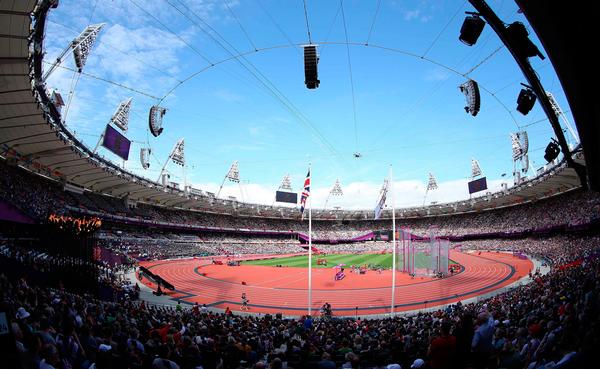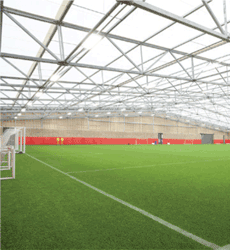UK Sport must stick to its no-compromise approach
John Goodbody, journalist, Sunday Times
UK Sport can be forgiven if it is feeling rather vexed. At the 1996 Olympics, Britain won one gold medal (Steve Redgrave and Matthew Pinsent in the coxless pairs) finishing 36th in the medal table. Immediately afterwards, it was announced that lottery money would fund the preparation of competitors for future Games. There were swift improvements and in 2012 Team GB was third in the medal table with 29 gold medals and third in the Paralympic table with 34 golds.
This was achieved with funding being targeted at sports which had a genuine chance of securing success. You would have thought that the case had been made to continue this financial backing with the same strategy and the government reacted, as it was under immediate pressure so to do, by promising to continue to maintain the funding from the National Lottery and the Exchequer. However, when the funding details were announced in January 2014, in a total package of about £350m, there was an outcry that some sports, largely team sports, would not receive any money in the build-up to 2016 because there was little chance of them reaching the podium in 2016 or 2020.
These sports – of which basketball was the most vocal, with water polo close behind – had received money in preparing for 2012, because it was a home Games and it was therefore appropriate to fund them so that they’d put up at least respectable performances at the London Olympics.
UK Sport has reacted to these criticisms by sending out a questionnaire to governing bodies and other interested parties, asking for comments about whether its ‘no compromise’ approach should be modified. It is currently collating the material it has received. As UK Sport rightly observes “high performance sport is a serious and expensive business – with no room for complacency and failure.”
The first canard that should be shot down is that UK Sport is biased against team sports, because so much money has to be spent on so many people with only a possible two medals (one for men and one for women) potentially to be won. It is not. For instance, UK Sport’s funding of hockey totals £16m because it’s believed men and women could medal in Rio, although the recent performances in the Champions Trophies do not add much confidence to such a forecast.
Basketball argues that because it is such a popular sport among kids in inner-cities and in deprived areas, it should get special allowance. However much money is provided for development in these places, it says the kids need a national team to look up to and therefore UK Sport is obliged to fund a national team.
I don’t buy this theory. Kids do not look up to a Team GB basketball team, losing in the early rounds of the Olympics, even if it qualified to get there. Kids primarily admire NBA players in the USA, whose matches when they visit Britain sell out far more quickly than the national team games.
There’s also an argument that all the Olympic sports should receive some ‘seed funding’ and, in fact, last November, the government did broker some funding, largely from Sport England, as well as expertise from UK Sport to help talent development in basketball.
UK Sport must be wary of reducing any funding to the successful sports so as to provide ‘seed funding’ for those not receiving grants. NGBs need every pound they can get because the margins between winning and losing medals are minute. UK Sport should resist pressure and stick to its “no compromise” strategy.



Cooperation in the sport and physical activity industry
Andy Sutch, member of Sportsgroup
The sports and physical activity industry attracts political interest (particularly when it suits politicians) and has a history of significant government and commercial funding. It remains, however, a relatively new industry, with unique challenges.
First, it is a very complex, somewhat nebulous and undefined sector. Its remit is spread across sport, physical activity and health. This is reflected in how, at government level, policy is spread across a number of departments, from DCMS and Health to Communities and Local Government.
Secondly, it is disparate, encompassing a number of different types of organisations. The sector includes everything from trade associations and governing bodies to charities. Such disparate interests mean that at times, bringing them together under one remit (such as “sport”) can be impossible.
Finally, it is often a divided sector. The differing objectives and priorities of the sector organisations mean that often they are working at odds with each other – or worse, are actively opposed. This is exemplified in their relations with government, where different sector bodies will be found lobbying the same ministers for different – and often contradictory – things: a situation which ministers can find infuriating.
The sector can, however, work together when required. London 2012 was a prime example of how government departments and key sports bodies worked together to produce one of the best Olympic Games in history. There are a number of reasons why this needs to happen more often. Probably the most significant relates to the nation’s health.
The growing health costs from lack of physical activity will significantly impact upon the NHS in the next decade. Obesity costs the NHS £162 per second – diabetes £286.
The sport industry can play a unique role in helping tackle the crisis. At a strategic level it can provide the cure by getting people more active. At an operational level, it can provide the delivery mechanisms and opportunities to facilitate participation. And at a cultural level, it has the influence and reach to change behaviours and attitudes.
Its ability to achieve these outcomes and make a meaningful difference, however, will be greatly increased if it works together as a sector. Looking at it horizontally, this means bringing together organisations from the different areas involved – from NGBs in sport, gyms in physical activity and fitness and charities and local organisations in the community. It must also bring together those from different backgrounds – private, public and third sector and examining how, far from being in opposition, a joint approach can help them to achieve their objectives together.
From the “vertical” perspective, it means encouraging those at the top to recognise the importance of physical activity in terms of public policy and to connect and share information with those organisations which are on the front line. This will not only enable key policy makers to understand what the challenges and solutions are at a practical level, but also to enable grassroots bodies to directly impact policy making.
This is not to suggest that there are easy answers. Even working together, there’s no single solution. The issue is about changing behaviours – a challenge which encompasses social, cultural, economic and financial considerations, as well as gender, areas and demographic groups.
But bringing the different sectors of the industry together, sharing information and connecting at a local level would help. We should adopt an approach of “ganging up” on the problem, rather than each other. Bearing in mind what we have achieved in our present form, what could we do if we worked together?




Team Leader (Harrow School Fitness Club)
Centre Manager (Leisure)
Director of Operations
Fitness Motivator
Recreation Assistant/Lifeguard (NPLQ required)
Membership Manager
Recreation Assistant
Swim Teacher
Swim Teacher
Chief Executive Officer, Mount Batten Centre
Swim Teacher
Swimming Teacher
Swimming Teacher
Company profile

Featured Supplier

Property & Tenders
Company: Knight Frank
Company: Belvoir Castle
Company: AVISON YOUNG
Company: London Borough of Bexley
Company: Forestry England














